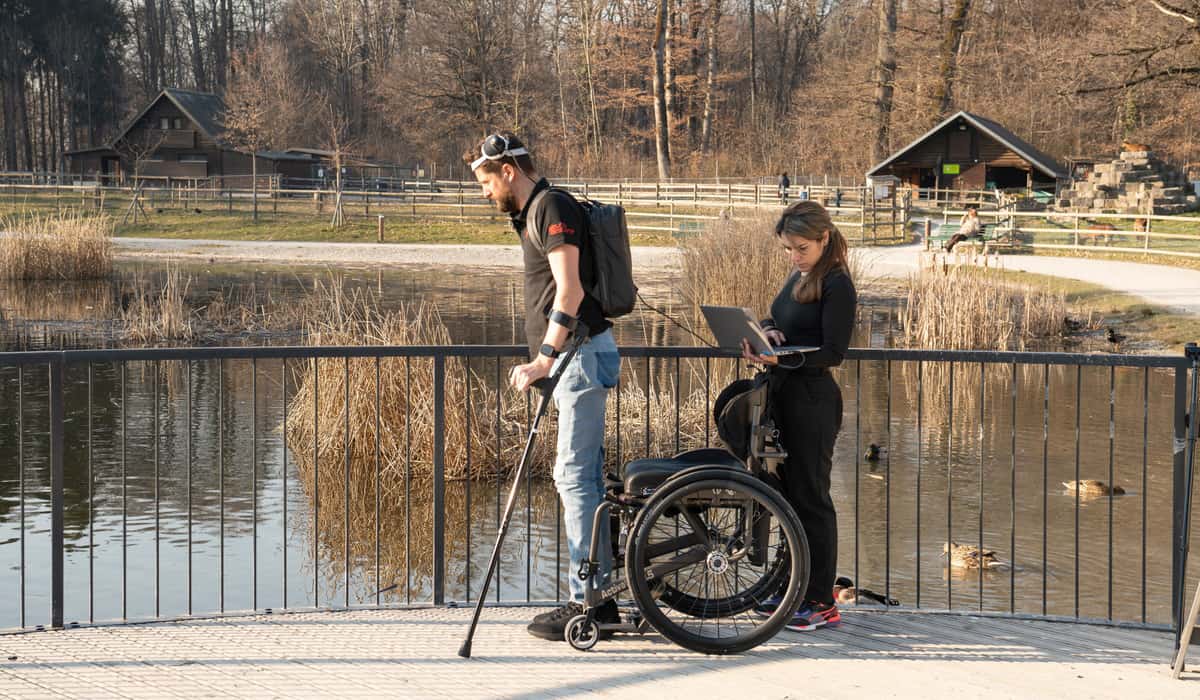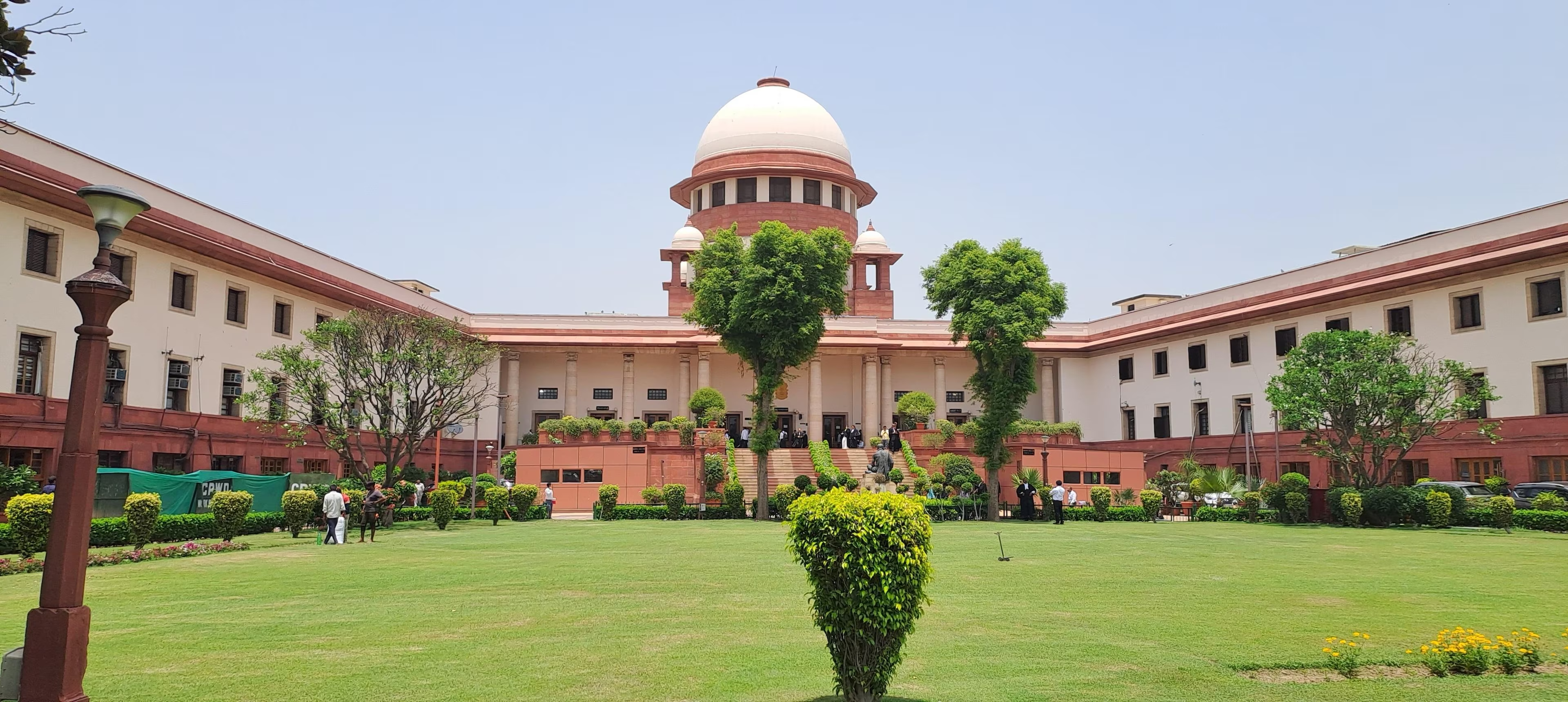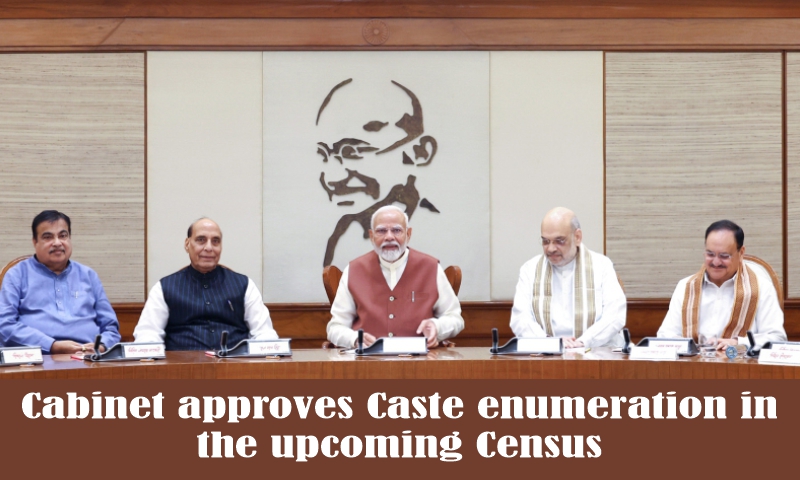- Courses
- GS Full Course 1 Year
- GS Full Course 2 Year
- GS Full Course 3 Year
- GS Full Course Till Selection
- CSAT
- 5 LAYERED ARJUNA Mentorship
- Public Administration Optional
- Online Program
- GS Recorded Course
- NCERT (Recorded 500+ Hours)
- Polity Recorded Course
- Geography Recorded Course
- Economy Recorded Course
- AMAC Recorded Course
- Modern India, Post Independence & World History
- Environment Recoded Course
- Governance Recoded Course
- Science & Tech. Recoded Course
- International Relations and Internal Security Recorded Course
- Disaster Management Module Course
- Ethics Recoded Course
- Essay Recoded Course
- Current Affairs Recoded Course
- ABOUT US
- OUR TOPPERS
- TEST SERIES
- FREE STUDY MATERIAL
- VIDEOS
- CONTACT US
Smart Classrooms Initiative Leads to 22% Increase in Student Enrolment
Smart Classrooms Initiative Leads to 22% Increase in Student Enrolment
30-12-2024
- In December 2024, a study by the Indian Institute of Management (IIM) Bangalore highlighted the transformative impact of smart classrooms implemented under the Smart Cities Mission (SCM).
- The initiative has led to a 22% increase in student enrolment, improved learning experiences, and greater teacher comfort in government schools across India.
Key Achievements of the Smart Classroom Initiative
- Increase in Enrolment: Between 2015-16 and 2023-24, there has been a 22% rise in overall student enrolment in government schools equipped with smart classrooms.
- Geographic Reach: 71 cities across India have developed 9,433 smart classrooms in 2,398 government schools.
- Karnataka leads with 80 smart classroom projects, followed by Rajasthan (53), Tamil Nadu (23), and Delhi (12).
- West Bengal, with only two projects, ranks at the bottom of the implementation table.
- Improved Learning and Attendance: Teachers and students have reported improved learning experiences and higher attendance due to the integration of technology in classrooms.
- Enhanced Teacher Comfort: Special training provided to teachers has improved their comfort and preference for using smart classroom facilities, with senior secondary teachers demonstrating the highest levels of ease.
- Development of Digital Libraries: 41 cities have developed digital libraries with a total seating capacity of around 7,800.
- Educational Impact: Cities like Raipur (Chhattisgarh) and Tumakuru (Karnataka) have leveraged these libraries to provide essential resources, supporting students in their competitive exam preparations.
About the Smart Cities Mission (SCM)
- The Smart Cities Mission was launched by the Ministry of Housing and Urban Affairs in 2015.
- It aims to enhance the quality of life for citizens by promoting sustainable and inclusive development through the application of smart solutions.
- Objectives:
- To provide core infrastructure and ensure a clean and sustainable environment.
- To drive economic growth and improve the quality of life through social, economic, physical, and institutional reforms.
- To create replicable models that act as lighthouses for other aspiring cities.
Key Features
- Coverage: 100 cities were selected for development through a two-stage competition.
- Funding: The Central Government provides financial support of Rs. 48,000 crores over five years, averaging Rs. 100 crore per city per year.
- States and Urban Local Bodies (ULBs) match the funding and raise additional resources through municipal bonds, government programs, and public-private partnerships (PPP).
- Progress: As of November 2024, 91% of SCM projects have been completed.
SAAR Platform and Sameeksha Series
- SAAR Platform: Launched in 2022, SAAR (Smart Cities and Academia towards Action and Research) bridges academia and government to document and research urban initiatives.
- Sameeksha Series: Under the SAAR initiative, 50 impact assessment studies have been conducted by 29 premier institutions, including:
- Six Indian Institutes of Management (IIMs)
- Eight Indian Institutes of Technology (IITs)
- Three Schools of Planning and Architecture
- Twelve specialized research institutes
Conclusion
The Smart Classroom Initiative under the Smart Cities Mission has marked a significant milestone in transforming education in India. The rise in student enrolment, enhanced learning experiences, and better-equipped teachers underscore the program's success. Furthermore, the development of digital libraries and collaborative research platforms like SAAR demonstrate the mission’s commitment to sustainable and inclusive urban development.
|
Also Read |
|




